Appendix 1.
Examination of interactive sports teams’ organisational justice and the results of the research.
Research questions and hypotheses
Research question 1: What kind of unfair situations can be identified by the perception of the players, and to who are these situations linked?
Hypothesis 1: Players self-proclaimed (free recall method) that they experience unfair situations in connection with their teammates, their coach, their managers and during a match, e. g. possibilities to play, distribution of the salary, evaluation of their performance and communication with each other and the coach.
- These unfair situations in case of the interactive sports teams can primarily be related to the coach.
- Interpersonal injustices occur in the greatest number in the responses of the subjects.
Research question 2: Who or what causes injustice?
Hypothesis 2: The coach is the main cause of injustice.
Research question 3: If they set up an order, which unfair situations are put in the first place?
Hypothesis 3: Getting into the initial team will be mentioned in the first place most of the time.
The following sport players were interviewed: handball, basketball, football and volleyball, as an interactive sport. For the respondents, we tried to collect almost professional players, if they are not completely professional, who take sports seriously as a part of their life. This allowed us to work with a bigger sample size, so the number of participants were over 200.
223 people (N = 223) participated in our study.
The sex ratio is not known exactly, since the questionnaire was filled out anonymously and it was not our intention to examine the difference between the sexes. For the age groups, young adults (especially 21-27 years) made up a significant part of the respondents, the subjects were adult players.
In the pilot study, we applied a free recall method in which we asked the players to recall some unfair, inequitable situations which they have encountered so far during their career. After arranging their answers, we created a questionnaire, which generates more tasks for the respondents.
Some situations should be placed on a 5-point Likert scale, where 1 means that the player has never or rarely encountered with the situations, and 5 means that (s)he has often experienced that situation during his/her career. In addition, we also asked them to create an order of the given situations on the basis of which they feel the most unfair situation.
Results[1]
The grouping of the unfair situations from the point of the perpetrators of the injustice is shown in Table 6.
Table 6. The grouping of the unfair situations from the point of the perpetrators of the injustice.
|
Players, teammates:
|
|
Coach:
|
|
Club:
|
|
Parent:
|
|
Referee:
|
- The players often mentioned the forms of treatment and communication as problems or sources of conflicts. If communication is not appropriate it can also create the feeling of injustice.
- Apart from coaches, referees and judicial decisions were also mentioned by many of them, and what is more interesting is that the role of parents have occured in different forms.
- The management of the club was also mentioned in connection with contracts, salaries, and possible penalties.
So each of the three types of justice has occurred in the answers of the respondents. The grouping of the types of justice is shown in Table 7.
Table 7. The grouping of the three types of justice
| Distributive | Procedural | Interactive |
|---|---|---|
|
|
|
The unfair situations in connection with the club was the 3rd most common answer. It must be an interesting remark for the leaders of the clubs. See Fig. 27
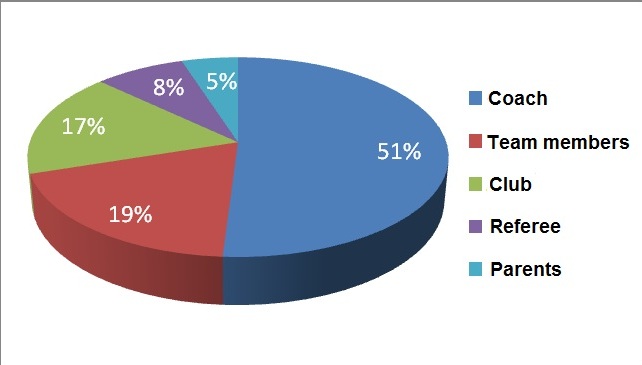
Figure 27. The distribution of the members of unfair situations.
We also analysed the types of injustice which gave the following results, see. Figure 28. It is clear that unfair situations of the procedures and their relating processes were the most common. This draws attention to the regulations of various procedures in organisations to avoid confusion!
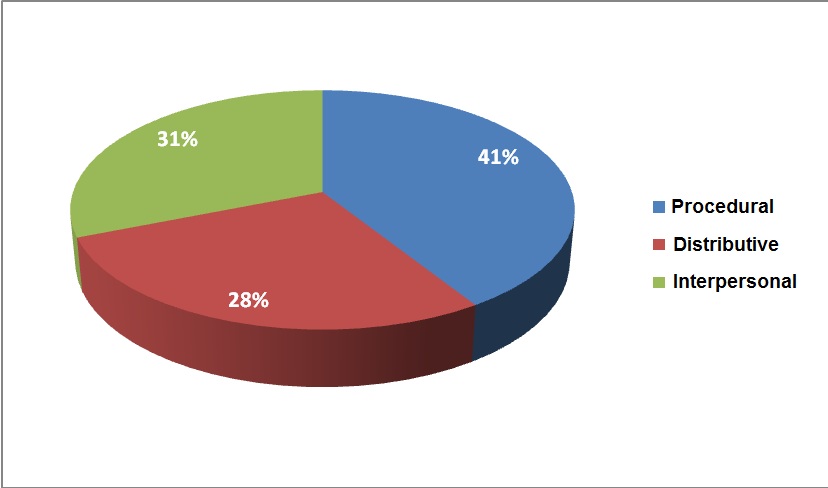
Figure 28. The distribution of the three types of justice.
5 situations can be linked to the coach, 3 to the teammates and other 6 to the club. Athletes classified unfair situations on a Likert scale. The mean and standard deviation of the three groups were calculated and plotted separately, see Figure 29.
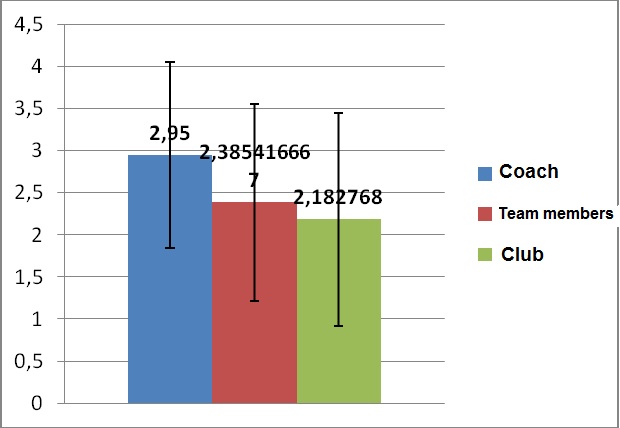
Figure 29. The mean and standard deviation of the three groups (n=102, µ+SD)
The classification of the statements of one part from the questionnaire also confirms that the coach's actions can affect the players most negatively. When comparing the means of these situations, four situations stand out. Interestingly, they are all realted to the coach. The situations are the following, See Figure 30.
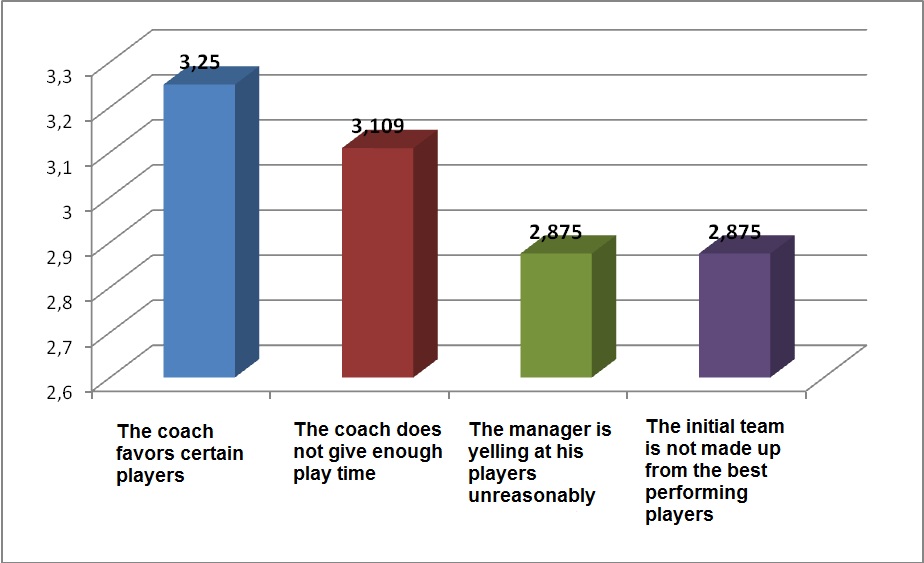
Figure 30. The means of the four outstanding situations.
The average score of these situations were between 3.25 and 2.67 on a scale of five, while the average of the other situations were between 2.57 and 1.6.
This hypothesis is therefore confirmed because:
Result 2: The personality, behavior, decisions and actions of the coach trigger the most unfair situations.
Research question 3: If they set up an order, which unfair situations are put in the first place?
Hypothesis 3: Getting into the initial team will be mentioned in the first place most of the time.
In that part of the questionnaire, where we asked the respondents to create a sequence of certain situations on the basis of which are the most unfair situations, we examined the top three cases, See Figure 31.
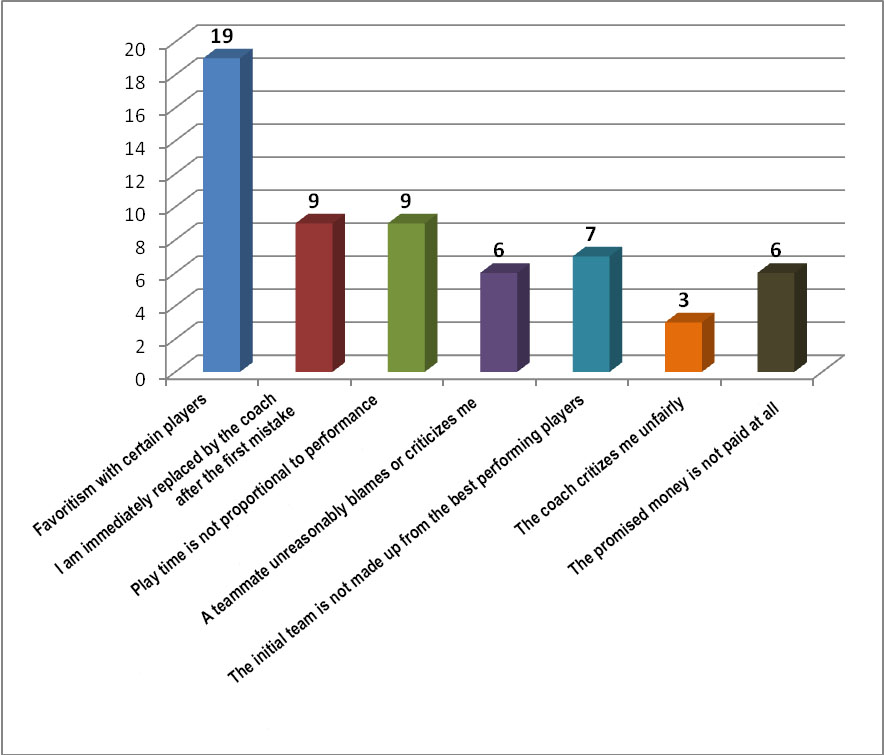
Figure 31. The most commonly mentioned situations
It is obvious that those answers which have outstanding values (19, 9, 9) show the unfairness of decision-making within the team, and the human and teammate relationships.
This illustrates that the interpersonal and procedural injustices precede the third type of examined injustice, that is the distributive injustice.
When hierarchical roles within the team scramble (eg. there is an excessive dominance of the captain), it brings dissatisfaction and the players perceive it as unjustice. In most cases, the often mentioned "favoritism" also belongs to the group of procedural injustices.
However, if we look back at the previous results, it also confirms that the coach generates most of the injustices, because favoritism can only be induced by the leader.